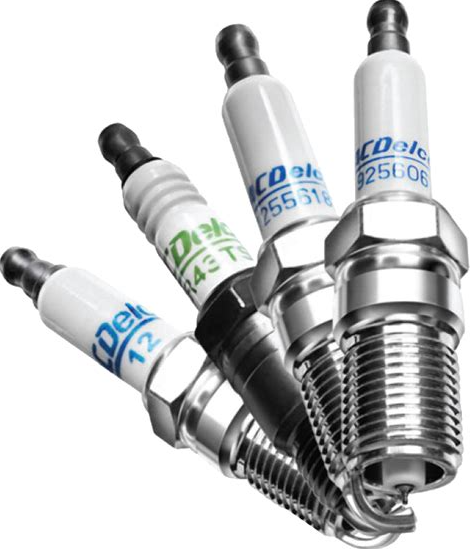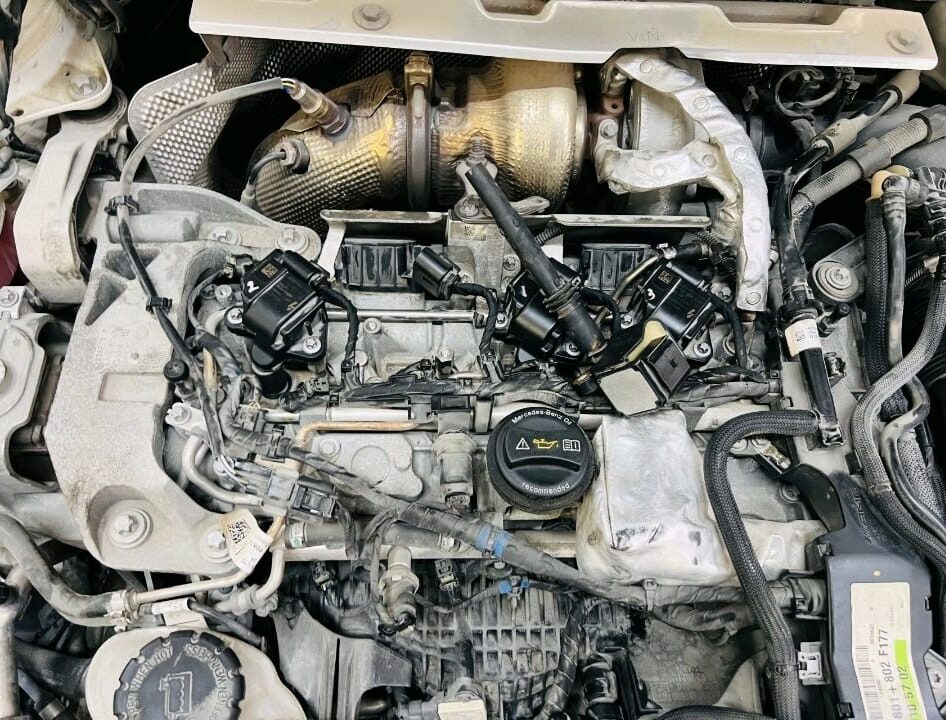How long do spark plugs last depends on the type and your vehicle’s engine. Standard copper spark plugs typically last around 20,000 to 30,000 miles, while platinum or iridium spark plugs can last up to 60,000 to 100,000 miles with proper maintenance.
Spark plugs play an essential role in the vehicle’s engine. They help ignite the fuel/air mixture in the combustion chamber to generate the power that propels your car. Over time, spark plugs wear down due to the heat and pressure they are subjected to, and replacing them is key to maintaining engine efficiency. But how long do spark plugs last? What factors affect their lifespan?
In this article, we will explain the average lifespan of spark plugs, how to recognize to extend their service life.

Contents
What Are Spark Plugs and Why Do They Matter?
Before diving into the lifespan of spark plugs, it’s important to understand their role in your engine. Spark plugs are small but powerful components that ignite the air-fuel mixture in the combustion chamber of your engine. This ignition process is what powers your car. Without working spark plugs, your engine wouldn’t function at all.
How Spark Plugs Work
When the engine is running, an electric current flows through the spark plug’s center electrode, jumping the gap between the electrodes and creating a spark. This spark ignites the air-fuel mixture, resulting in combustion, which powers the engine. The spark plug also helps control the temperature in the combustion chamber, preventing the engine from overheating.
Spark plugs are exposed to extreme temperatures and pressures, which can cause them to wear out over time.

How Long Do Spark Plugs Last?
The lifespan of spark plugs can vary depending on a number of factors such as the type of spark plug, driving conditions, and the overall maintenance of the vehicle. On average, most spark plugs last between 30,000 and 100,000 miles. However, several factors influence how long they will last:
1. Copper Spark Plugs
Characteristics: Copper spark plugs are the most basic and cost-effective option, but they wear out quicker due to the soft nature of copper. They offer good performance but tend to degrade faster compared to other types of spark plugs.
Lifespan: 20,000 to 30,000 miles
2. Platinum Spark Plugs
Characteristics: Platinum spark plugs are more durable than copper plugs and last longer. They offer excellent performance and are commonly used in modern vehicles.
Lifespan: Typically 60,000 miles
3. Iridium Spark Plugs
Characteristics: Iridium spark plugs are the most durable option. They provide excellent performance, better fuel efficiency, and can last significantly longer than copper and platinum spark plugs.
Lifespan: 80,000 to 100,000 miles or more
4. Double Platinum and Iridium Spark Plugs
Characteristics: These spark plugs are designed with platinum or iridium on both the center and side electrodes, making them more durable and resistant to wear, ensuring a longer lifespan.
Lifespan: 100,000 to 120,000 miles

Factors That Affect Spark Plug Lifespan
Several factors influence how long spark plugs last, and it’s important to keep these in mind to extend their lifespan.
1. Driving Habits
Frequent short trips, stop-and-go driving, and city driving can cause spark plugs to wear out faster. Engines running at lower temperatures, as in these types of driving, don’t burn the fuel as efficiently, leading to carbon buildup on the spark plugs.
2. Fuel Quality
The quality of the fuel you use can significantly affect spark plug wear. Low-quality or poor-grade fuel can cause carbon buildup, which reduces the spark plug’s ability to create a clean spark.
3. Engine Type
Performance or high-performance engines tend to put more stress on spark plugs due to higher compression and heat levels. These engines may require more frequent spark plug replacements.
4. Maintenance Practices
Regular vehicle maintenance, such as timely oil changes, air filter replacements, and the use of high-quality fuel, can help prolong the life of spark plugs.
5. Environmental Conditions
Extreme weather conditions, such as very hot or very cold temperatures, can affect the performance and lifespan of spark plugs. Vehicles that are driven in these conditions may experience quicker wear on spark plugs.
Frequently Asked Questions
Here are some FAQs about spark plug lifespan –
1. How often should I replace my spark plugs?
Most manufacturers recommend replacing spark plugs every 30,000 to 100,000 miles, depending on the type of spark plug and driving conditions.
2. Can I clean spark plugs instead of replacing them?
In some cases, spark plugs can be cleaned using a wire brush or spark plug cleaner. However, if they are worn or damaged, replacement is necessary.
3. What happens if I ignore bad spark plugs?
Ignoring bad spark plugs can lead to poor engine performance, increased fuel consumption, and potential engine damage.
4. Can bad spark plugs cause the check engine light to come on?
Yes, faulty spark plugs can trigger the check engine light due to misfires or irregular engine performance.
5. Are there different types of spark plugs?
Yes, spark plugs come in various materials, including copper, platinum, and iridium, each offering different performance and longevity characteristics.
Conclusion
Knowing how long spark plugs last and the factors influencing their lifespan is crucial for maintaining your vehicle’s performance and efficiency. Regular inspections and timely replacements can prevent engine issues and ensure a smooth driving experience. Always refer to your vehicle’s manual for specific recommendations and consult a professional mechanic if you’re uncertain about your spark plugs’ condition.





